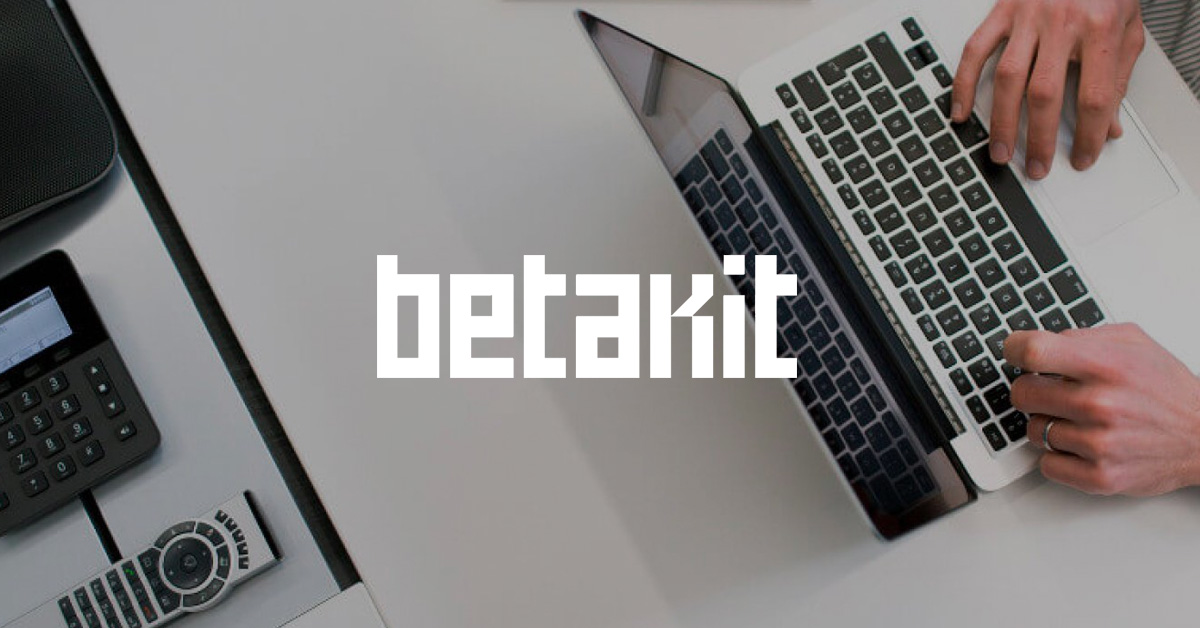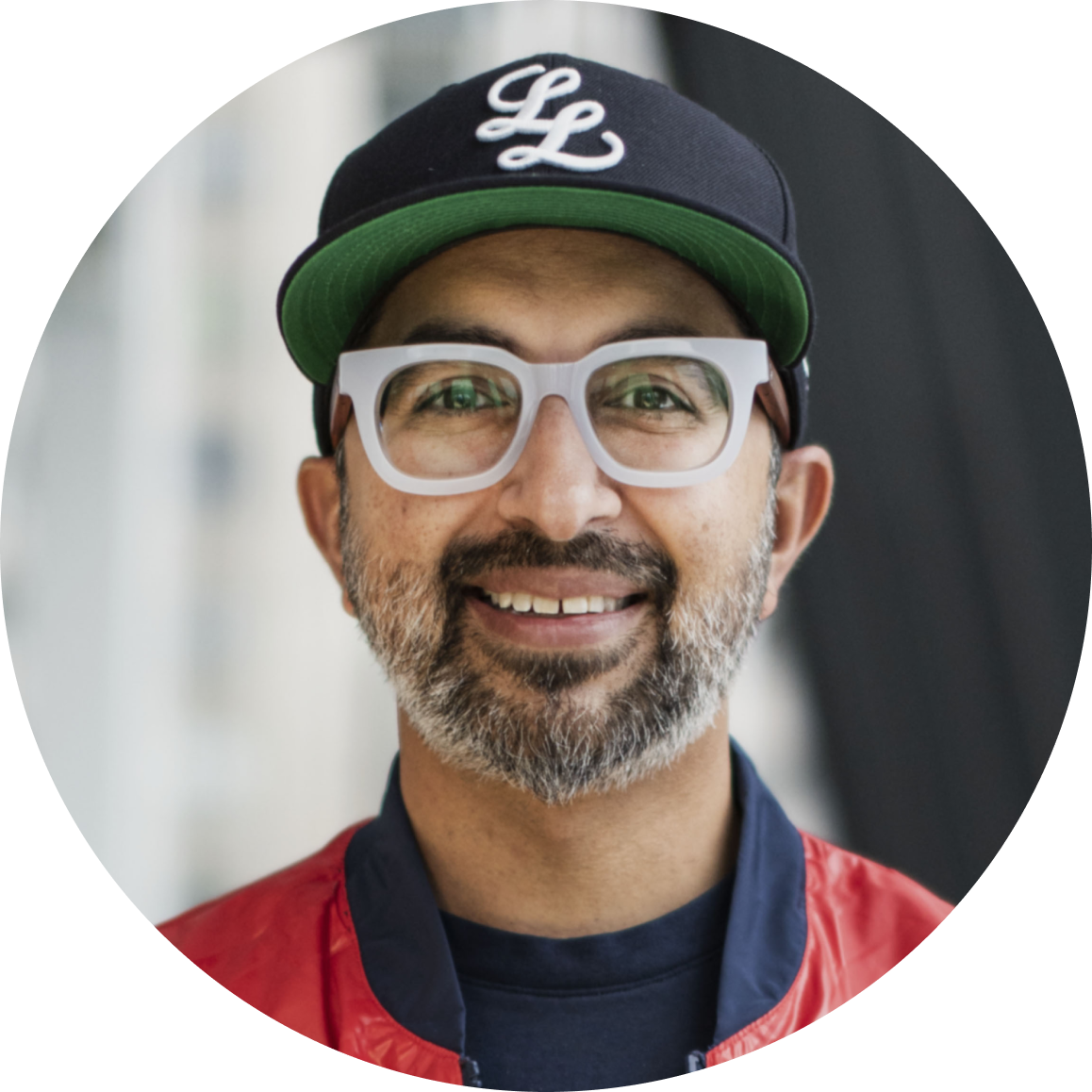Challenger Brands Tackle Holistic Growth
Startups are addicted to paid media. This addiction is amplified by venture capital funding, with nearly 50 percent of every dollar raised being funnelled into online ads. Particularly for startups hungry for growth and instantaneous feedback, it’s easy to maintain a singular focus on exchanging online acquisition for cash without active regard for when the well will run dry.
“It’s very easy for companies to get addicted to paid media because they’re typically trying to move as fast as they can,” said David Krasny, demand generation lead at Superhuman.
But what are ways in which startups can break that addiction, and how can brands start to rethink the way they approach paid media to fuel genuine growth? Three demand generation leads from high-growth startups share their perspectives.
Evaluate retention by cohort
Krasny believes, first and foremost, it’s about determining your company’s product-market fit. “You can acquire customers at an incredibly advantageous cost per acquisition, but if they all just come and leave because the product’s not the right fit, you’re lighting cash on the fire,” he said.
For those that don’t have product-market fit, Kransy advised that paid spend be used as a means to experiment, testing elements like audience, copy, and demographics.
“How can you get some signals in the same way you would from surveying? I like paid ads because it’s more action based,” Krasny added. “You’re seeing what people do rather than how they respond. To me, that offers a lot of value.”
Invest in owned channels and those you have the capacity to nurture
There is some debate about how many channels one individual within a team can manage. Krasny feels the emphasis shouldn’t be on breadth but depth, and ensuring you’re able to nurture the medium, and give it the attention it deserves.
“Earlier this year I had LinkedIn ads live, but it wasn’t enough to just get it live,” he said. “You have to nurture it […] You don’t just put a coin in and it works. So that’s a channel I sunsetted not because the numbers weren’t there, but because I couldn’t allocate enough time. I typically say you can’t focus on more than one to two channels a quarter.”
For Rob Palumbo, co-founder and CEO at Outpoint, it comes down to a few strategies. “Diversify your distribution efforts away from those core paid channels everyone is competing on,” he said. “Ensure you’re investing in organic content, community, SEO, and viral mechanisms, or non-traditional paid efforts.”
Monitor diminishing returns
Active management is key to delivering incremental lift. “One of the things we think about is helping marketers understand where points of diminishing return may be occurring on their existing channels so they can dial back and often get similar performance at lower budgets and deploy the budget savings into a new channel,” Palumbo continued.
He, like Krasny, also referenced the addiction stemming from a measurement challenge where startups see quick results and, at times, instinctively funnel cash into it as a response.
“There’s this short termism where you need to see immediate ROI in terms of direct response and sales, and that often leads to overinvestment in those channels that feels more deterministic.”
Develop an investment framework
For Sarah Bugeja, senior director of demand generation at Wave, it comes back to “aligning on what the goals are, what the comfortable ranges are, what payback period makes sense, and aligning on that framework.”
“If you find room to spend more here or there, and if it’s yielding the results you want within the framework that you’ve agreed on as an organization, untap that,” she said.
All three agreed that a dichotomy exists between owned and paid acquisition channels. Rather than thinking of it as one versus the other, they suggested both are important in brand building.
Invest in your brand
“Content is incredibly important as it relates to acquisition,” Bugeja continued. “On the more direct-to-consumer side, you really trade on brand, even if you don’t have differentiated products.”
“A white t-shirt is a white t-shirt, but why does someone want that from you versus someone else? Those owned channels become really important in either telling some form of a story that makes you special, or gives someone an incentive.”
That earnest investment in brand storytelling is tempered by the “tax that is paid on branded search […] that fuels the addiction cycle.”
Embrace different philosophies
Bugeja believes there are different schools of thought when it comes to approaching paid ad spend. Where some believe in “not being too targeted and letting campaigns breathe – allowing the Google, Facebook, and Pinterest algorithms to do their thing,” others are more hands on and believe they can do better themselves.
To some extent this seems reminiscent of ETFs (exchange traded funds or indexes) versus managed investments and the desire to ‘beat the market’. There are also many nuances to paid ad spend, be that keeping mobile campaigns distinct from desktop, or whether to geo-target, making it more challenging to evaluate the efficacy of someone else’s efforts.
How do you know if your startup is addicted?
“When there’s a fascination with top-line numbers like how much you’re selling, how many orders there are, or how many signups you’ve driven, you might be in a ‘growth at all costs’ game at the expense of profitability and sustainability,” said Bugeja. “One’s comfort diversifying away from that can be very scary and risky, especially at first, because that’s the nature of the game your competitors are playing.”
Investing in content, SEO, and owned channels can be challenging as they are less tangible and can make leadership uncomfortable, particularly “when you have to go back to a VC and explain what you’re doing with [their] money.”
But it also heavily depends on the end game of the founders. If their intention is to exit as quickly as possible, unprofitable growth may be the right strategy. If, however, they’re looking to build something over time, that strategy won’t fly.
Regardless of your exit strategy, it’s important to be aware of the paid media trap and know the reasons a startup might fall into it. As stated above, when developing and adjusting your customer acquisition strategy, you do not have to completely do away with paid media; but you do have to use the tool purposefully alongside other strategies.
An addiction to paid media is common, all marketers fall into the trap at least once throughout their career. When this happens, take a step back and review the above ways in which you can break this addiction.



